Forty years on: Remembering the Bombing of Emperor Kanishka of Air India
On the 40th anniversary of the worst terror attack in Canadian history, the commemoration also marks a turning point in India–Canada relations — and a chance to remember the lives lost to hate.
About the Author:
Karan Bir Singh Sidhu is a retired IAS officer of the Punjab cadre and former Special Chief Secretary, Punjab. He served as Deputy Commissioner, Amritsar (1992–96), where he successfully handled two hijackings in April–May 1993, earning the Prime Minister’s commendation. He writes regularly on Sikh issues, internal security, domestic and international terrorism, and human rights.
Forty years on: Remembering the bombing of Emperor Kanishka
On 23 June 1985, Air India Flight 182 vanished from radar at 31,000 feet over the North Atlantic. The Boeing 747, nomenclatured Emperor Kanishka, disintegrated mid-air, its wreckage scattered into the sea off the coast of Cork, Ireland. The attack — perpetrated by terrorists parading as “Khalistan” extremists, supposedly in retaliation for the Indian Army’s June 1984 Operation Blue Star — killed all 329 people aboard. Among the dead were 268 Canadians (mostly of Indian origin), 27 Britons, 22 Indians, more than 80 children, and 29 entire families wiped out. Several dozen Sikh passengers were among the victims, though the majority were Hindus from southern Ontario.
A solemn commemoration — with a Sikh voice from India
At the 40th anniversary commemoration in Ahakista, County Cork, Irish Taoiseach Micheál Martin and Canada’s Public-Safety Minister Gary Anandasangaree joined relatives of the victims, alongside India’s Union Cabinet Minister Hardeep Singh Puri — a prominent Sikh leader and formerly having held the Civil Aviation portfolio— who led India’s delegation. New Delhi’s decision to depute a Sikh minister was both empathetic and deliberate: an affirmation that the victims of that horrific act came from every community — and that the Sikh community itself had suffered grievous loss.
The investigation and the elusive justice
In the years that followed, Canadian and Indian authorities identified Babbar Khalsa leader Talwinder Singh Parmar as the principal conspirator, with British-Canadian national Inderjit Singh Reyat as the bomb-maker. Parmar was killed in an alleged police encounter on 15 October 1992, though a number of suspicious circumstances have since come into the public domain1 (see footnote). Reyat, meanwhile, was first convicted in 1991 for his role in a related bombing at Tokyo’s Narita Airport, and in 2003 pleaded guilty to manslaughter in connection with Flight 182, receiving a five-year sentence.
He was later convicted of perjury in 2010 — having lied during the high-profile trial of Ripudaman Singh Malik and Ajaib Singh Bagri — and sentenced to nine years in prison, the longest perjury term in Canadian legal history.
Malik and Bagri, who faced 329 counts of first-degree murder, were acquitted in 2005 after a protracted C$130 million trial, with the Judge ruling that the evidence against them was ultimately insufficient. Ironically, in 2022, Malik was gunned down in Surrey, British Columbia; two contract killers pleaded guilty in 2025, though those who ordered the assassination remain unidentified2.
After four decades of investigation and legal effort, Inderjit Singh Reyat remains the only individual ever convicted in connection with the bombing of Emperor Kanishka.
Failures that allowed the tragedy
A 2010 Canadian public inquiry, led by Justice John Major, concluded that the attack was enabled by “a cascading series of errors” among Canada’s intelligence and law enforcement agencies. Inter-agency turf wars, missed warnings, uncoordinated surveillance, and even the destruction of key evidence all contributed to the failure to prevent the bombing.
The lessons of those institutional failures — most notably in aviation security and intelligence coordination — would go on to reshape global counter-terrorism protocols, particularly after the 9/11 attacks.
Conspiracies that linger
Even now, a microscopic fringe of Khalistan sympathisers in Canada continues to propagate the discredited conspiracy theory that Indian intelligence itself perpetrated the bombing in order to malign Sikhs and spook the Hindus.
A 2024 petition in Canada demanding yet another inquiry leaned on this narrative but was firmly rejected by Indo-Canadian MP Chandra Arya, who reminded Parliament that two public inquiries had already found overwhelming evidence of extremist involvement.
Such conspiracies endure in part because of early investigative failures and diaspora political tensions. But they remain unsupported by any credible evidence — and do a disservice to the memory of the victims, many of whom were Sikh themselves.
Why Kanishka still matters in 2025
Four decades later, the bombing of Air India Flight 182 continues to resonate. It remains Canada’s worst mass murder — a tragedy that devastated families and shattered lives across religions and communities.
For intelligence and security agencies worldwide, it remains a chilling case study in how global terrorism can exploit civil aviation. It also serves as a continuing warning: that extremist rhetoric and sectarian propaganda, if left unchecked, can have deadly consequences.
In this context, the choice of a Sikh Minister to lead India’s official tribute this year speaks volumes: a clear message that the victims came from all backgrounds, and that the tragedy must not be misappropriated for any sectarian or political agenda.
A new inflexion point in India–Canada relations
While this occasion is first and foremost a solemn moment for the victims’ families, Prime Minister Narendra Modi’s Government — through the personal empathy shown in deputing a senior Sikh Minister — has also signalled a broader warmth towards the Punjabi and Sikh community, both in India and abroad.
The timing is notable: the ceremony comes just weeks after PM Modi’s special-invitation visit to the G7 summit in Alberta, hosted by Canada’s new Prime Minister, Michael Fraser — whose party swept to an unexpected election victory after decisively ousting the Trudeau-era leadership.
The new government in Ottawa appears determined to move beyond the years of irresponsible diplomacy and indulgence towards a microscopic minority still promoting the discredited “Khalistan” agenda — hallmarks of the Trudeau era. The Modi visit, together with this dignified and inclusive commemoration, signals that India and Canada may now be poised to enter a more stable, balanced, and mature phase in their bilateral relationship.
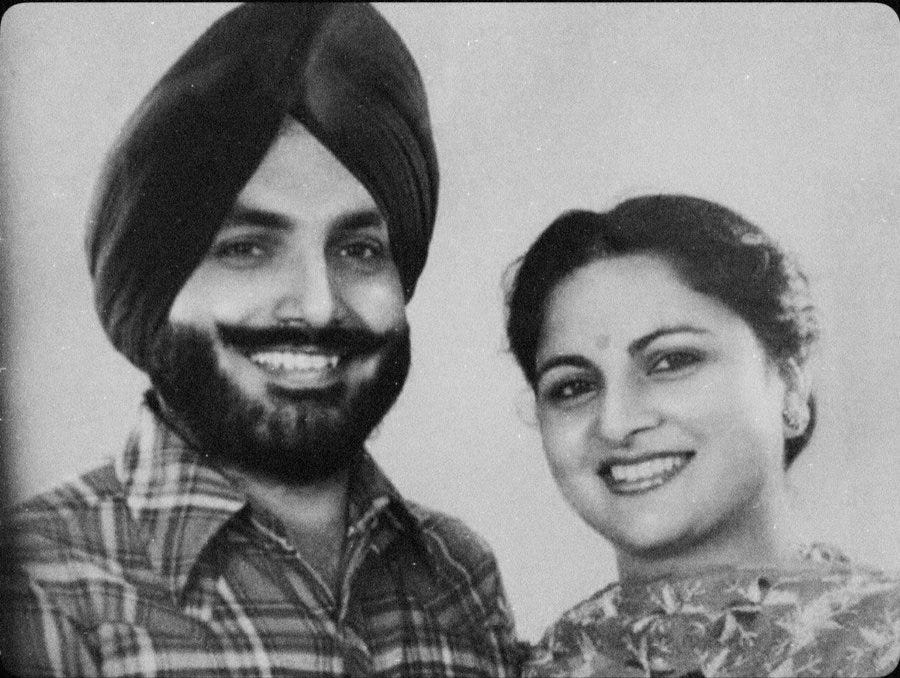
Closing thoughts
Forty years ago, the global “war on terror” was yet to be named. But for the families of Flight 182, the grief remains as fresh as ever. The cliffs at Ahakista, their memorial stones worn by Atlantic winds, bear silent witness to loss that cuts across faith, nationality, and time.
Among the crew lost that night was First Officer Satwinder Singh Bhinder. Today, his son Captain A.S. Bhinder flies Boeing 787 Dreamliners for Air India — a living tribute to a father who never returned home.
This anniversary is a time to honour the victims — Hindu, Sikh, Muslim, Christian — and to recommit to opposing extremist violence in all its forms. It also reminds us that the pursuit of justice, though sometimes incomplete, must never be abandoned — and that such tragedies must not be allowed to divide the very societies they scarred.
FOOTNOTES
The Alleged Punjab Police Encounter Killing of Talwinder Singh Parmar in 1992
The death of Talwinder Singh Parmar — the alleged mastermind of the Emperor Kanishka bombing — remains clouded in controversy. Official records state that Parmar was killed in an alleged police encounter on 15 October 1992, near Phillaur, Punjab. However, a number of suspicious circumstances have since come into the public domain. Multiple independent investigations, including testimony from retired DSP Harmail Singh Chandi, suggest that Parmar was actually arrested weeks earlier in Jammu and subjected to prolonged interrogation and torture in custody. The post-mortem report revealed inconsistencies in the time of death and bullet trajectories, which appear at odds with the official version of an early morning firefight. During interrogation, Parmar reportedly confessed that Lakhbir Singh Rode, nephew of Sant Jarnail Singh Bhindranwale and head of the International Sikh Youth Federation, was the true mastermind of the bombing. In the absence of an independent judicial inquiry or a CBI investigation, the possibility that Parmar was killed in a staged encounter — in order to silence him and bury inconvenient facts — cannot be ruled out even today.
The Assassination of Ripudaman Singh Malik
Ripudaman Singh Malik, one of the men acquitted in the Emperor Kanishka bombing trial, was assassinated on 14 July 2022 in Surrey, British Columbia. The 75-year-old businessman was shot dead in broad daylight while seated in his vehicle outside his business premises. Two young contract killers, not of South Asian extraction — Tanner Fox and Jose Lopez — were later arrested and convicted, each receiving life sentences without parole for 20 years. Both admitted in court that they had been hired for the killing, but have consistently refused to disclose the identity of those who ordered the hit.
Malik’s assassination followed his highly public break from Khalistan separatist politics. In early 2022, he issued a public letter disavowing the Khalistan movement and praising Prime Minister Narendra Modi for efforts to address Sikh grievances. The letter drew fierce backlash from extremist circles, who branded him a “traitor.” Malik had also been engaged in a long-running dispute with Hardeep Singh Nijjar, the slain Khalistan Tiger Force chief, over the printing of the Guru Granth Sahib in Canada. Indian intelligence sources have suggested that the assassination was orchestrated by Khalistani radicals, possibly with links to Pakistan’s ISI, though conclusive proof has yet to emerge.
Despite the convictions of the shooters, the full truth behind Malik’s assassination remains unknown — leaving his family and Canada’s Sikh community with lingering questions and tensions.




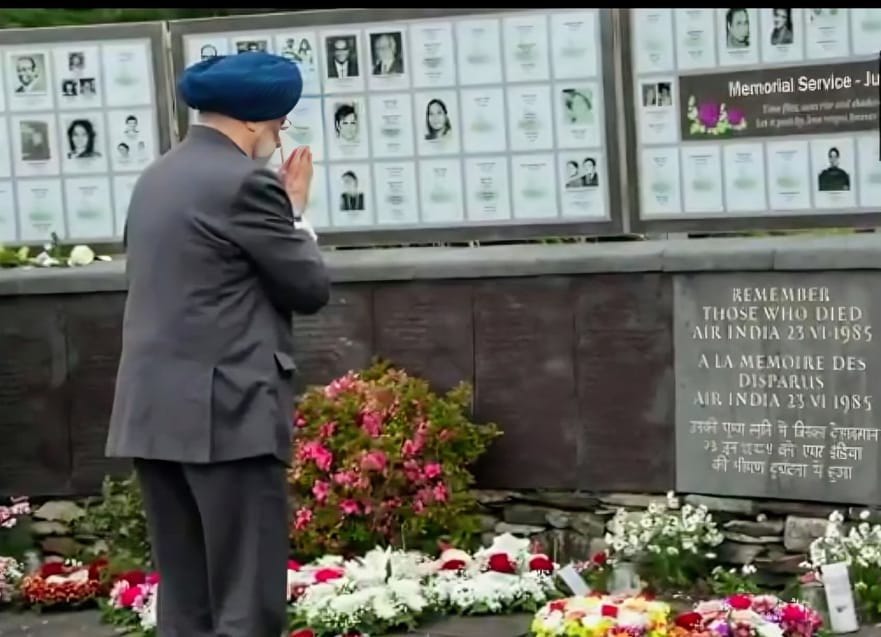
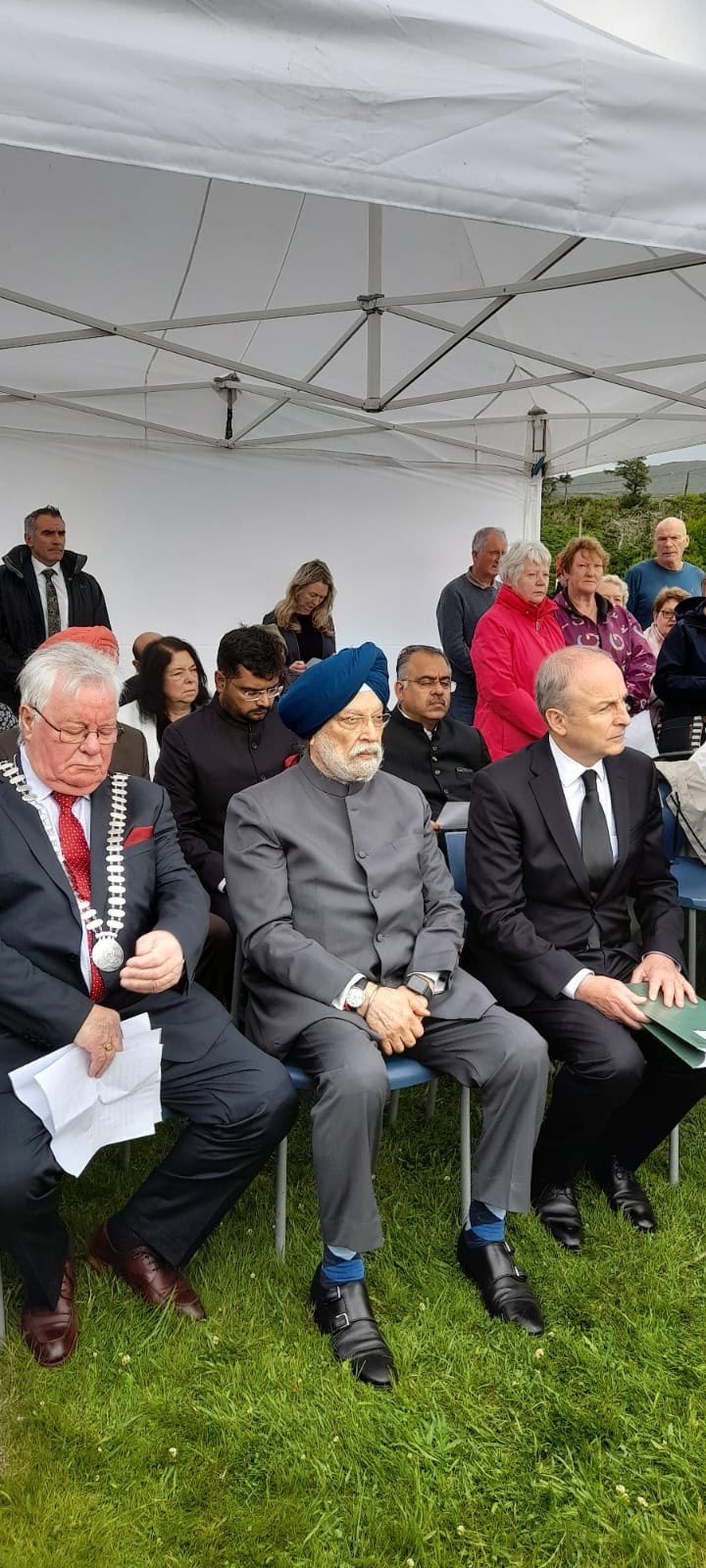
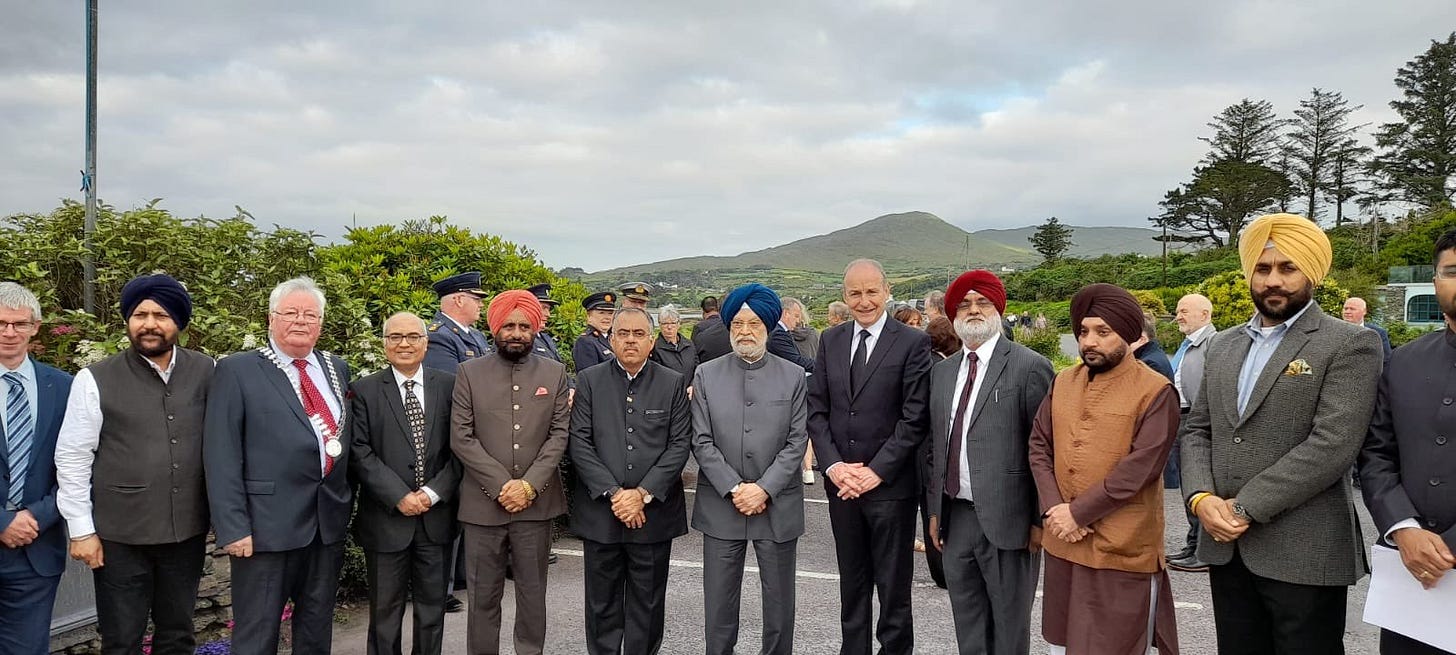
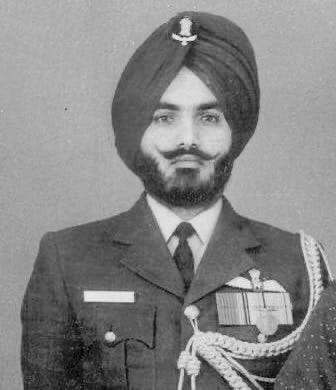
Time introspection especially by SIKH PLATFORM on how they continue journey despite Slogan welfare All or Global welfare as underlined by Sikh Gurus but where how why they FAIL & being VICTIM get tag as partner damage to its own civilization & others. Are we as SIKH DIASPORA having LOST the purpose of Mission for unique identity & gone to Era of social anarchist actions. It may be by small fraction of Sikh diaspora but damaging the holliest platform by not focusing it's philosophical ideological Enemies for corrections & re allingnement inter relationship so as to stop loss of innocent human souls..Prayers for lost ones & Appeal those dealing treating SIKHS as enemies,they are not
Although we all know that radical Khalistanis were behind this massacre, but who in particular, will never be known, thanks to the then terror supportive/sympathiser governments in Canada and lacklustre approach of Indian governments. Given that those lost lives were of Indian origin, can't expect any serious efforts from overseas government as they brush aside these as diaspora problems on which their local voters ask no questions.
In today's context, with the social media, it is hard to make fool of people, the way Akali leaders had been doing for nearly a century. The current non-recoverable state of SAD is a testament of the fact that people now know much more than what Leaders have been telling.
As Sikhs, we must open up and spread the true message of SGGS. First few moves could be (1) a literal translation of SGGS (the one available in public domain is incorrect and motivated), (2) allow the depiction of Gurus and their stories on Cinema/TV which are still popular means of information, (3) be resilient and accept criticism.